This medication is used to prevent and treat minor skin infections caused by small cuts, scrapes, or burns. It is available without a prescription for self-medication.Do not use this product over large areas of the body. Ask your doctor first before using this product for serious skin injuries or infections (e.g., deep cuts, puncture wounds, animal bites, serious burns). A different treatment may be necessary for these types of conditions.This product contains neomycin, bacitracin, and polymyxin, antibiotics that work by stopping the growth of bacteria.
This medication prevents/treats only bacterial skin infections. It will not work for other types of skin infections (e.g., infections caused by fungi, viruses). Unnecessary use or misuse of any antibiotic can lead to its decreased effectiveness. A common story in our practice is that someone has an ingrown toenail and puts Neosporin and a Band-Aid on it to prevent infection. Being conscientious, our patient changes the bandage and applies more Neosporin twice daily. On day three, the area begins to look red, so fearing infection has begun, they start changing the Band-Aids and using more ointment three or four times a day.
By day 7, the area has become red and angry-looking and is weeping fluid. They decide at that time to come to the doctor to treat "infection" that overcame even the power of the antibiotic ointment. I examine the patient, and asked if they have been using triple antibiotic ointment. When they wonder how I knew, I mention that what we are seeing is a common reaction to the ointment, not an infection. I tell them to just wash and clean the area, and maybe use a little steroid cream.
Bacitracin and Neosporin are over-the-counter antibiotic ointments used to prevent infection of minor skin injuries such as cuts, scrapes, and burns. Bacitracin ointment is available in generic form and contains only bacitracin. Ice is not recommended as an initial treatment for burns because it can decrease circulation and make the burn worse.
Do not put any food-based products on the burn as this may cause infection and make it more difficult to clean the wound. Treat small burns with over-the-counter topical antibiotic ointment, like Polysporin or Neosporin, until healed. Burns heal better in a moist, covered environment. Patients may request relief for the minor pain of scratches, scrapes, and minor burns. Patients could also choose a polymyxin/bacitracin cream or ointment and use a separate local anesthetic product. An innovative method to prevent pain is the application of tissue adhesives.
These "superadhesive" cyanoacrylate polymers have been used in surgical procedures since the late 1990s and are superior to sutures in closing wounds. The patient applies it to a minor laceration, abrasion, friction blister, hangnail, paper cut, or cracked finger using the activator provided. The product reduces the time of wound closure, provides instant hemostasis, and seals off damaged nerve endings, which reduces pain.
The adhesive serves as a barrier to wound contamination during its five- to 10-day duration on the skin before it is shed along with the surface layer of skin cells. Most minor cuts and scrapes will heal in a matter of days. But some wounds are at a higher risk of infection and may need a topical antibiotic.
If you are unsure about your wound, it's a good idea to seek medical attention. First, cleanse the minor cut or scape area using a mild soap and water or an antiseptic wash and allow drying. For additional protection, cover the affected area with a sterile bandage or dressing, such as BAND-AID® Brand Adhesive Bandage, and keep it covered until the wound is fully healed. There are so many ways to burn yourself in the kitchen — on a still-hot stove or oven, with hot oil, even from a too hot microwaved bowl. If it's a first-degree burn, meaning it only affects the top layer of skin, you should run the affected area under cool water — not cold water or ice — for 20 minutes.
"Active cooling of the burn can help reduce the burn depth and improve healing," saysNatasha Bhuyan, a family practitioner and regional medical director for One Medical. To help with pain relief, she recommends using an aloe-vera cream. The active ingredients in both products are antibiotics, so they help prevent infection from minor injuries. These include scratches, cuts, scrapes, and burns to the skin. If your wounds are deep or more severe than minor scratches, cuts, scrapes, and burns, talk to your doctor before using either product.
During counseling, pharmacists should remind patients that minor wounds and burns typically heal on their own. In addition, patients should be advised to seek medical care for wounds that exhibit no sign of healing after 5 days of self-treatment or if the affected area shows signs of infection. Patients should be advised to continue using wound dressings until the wound shows signs of healing. Bacitracin is an over-the-counter topical antibiotic ointment that can be used as first aid to prevent infection from minor wounds, abrasions, cuts, scrapes, or burns.
Instead of using an antibiotic ointment, a safer way to treat a minor cut, scrape, or burn is to wash it with soap and warm water to clear out any visible dirt. Then cover it with a non-stick bandage and keep an eye on it. Your wound should heal on its own in 7 to 10 days; if it doesn't, see your doctor. The best treatment for minor cuts and scrapes is simple cleaning and bandaging. Use of creams, ointments, etc. is rarely of any use.
Second, if you insist on using an antibiotic cream, use one that does not contain Neomycin. We recommend over-the-counter Bacitracin or Amerigel. (Amerigel is my favorite since it promotes wound healing and kills a high percentage of MRSA.) If an area of injury turns red, warm or painful, see a doctor immediately. Treating a burn at home relies heavily on how serious the burn is. A 1st degree burn is the least severe of burns, burning only the outside layer of skin.
A 2nd degree burn burns both the outer layer of skin and the lower layer of skin. A 2nd degree burn often causes white, blotchy, wet, and shiny looking skin. 1st and 2nd degree burns, if not widespread, can be treated at home. However, it is very important to be seen immediately for burn treatment if you have a 3rd or 4th degree burn.
While mild burns take a week or two to heal, these severe burns can take a much longer time. Neosporin is available in a variety of formulations. The most common form of Neosporin contains three antibiotics and is sometimes called triple antibiotic ointment. It contains bacitracin, polymyxin B, and neomycin, and is available in various brand and generic ointments or creams. There is also a Neosporin + Pain Relief Cream and a Neosporin Kids Plus Pain Cream, both of which contain bacitracin and polymyxin along with pramoxine.
Neosporin Lip Health contains white petrolatum, or petroleum jelly, the ingredient found in Vaseline. Whether you like spending time in there or not, everyone seems to be in the kitchen these days. Some of us are thriving, using this time at home to make all of the recipes we've been saving, like sourdough bread or tahini-chocolate-chip cookies. Others are cooking for the first time, attempting to piece together some semblance of sustenance and resisting the urge to order takeout three times a day. No matter where you fall on this spectrum, you're not immune to having a little accident. Maybe your hand slipped while pulling something out of the oven or you were never taught to properly chop.
The resulting burns, cuts, bruises, and bumps can be alarming, but many can be treated at home without a trip to the emergency room or doctor's office. The first and most important thing is to stop the burning process. Flush your burns with lots and lots of tepid water until the burning stops, says Rebecca Coffey, RN, CNP. But don't use ice or ice water—they can make your burn worse, she adds. If a blister breaks inadvertently, wash the area with soap and water, apply an antibiotic ointment, and cover the area with a bandage. See your health care provider if large blisters develop, as these blisters may need to be removed. It will fall off naturally after it has done its job.
In some cases after the seal falls off, you can reapply more liquid bandage, but only after seeking medical advice from your health care provider. But most minor cuts will be mostly healed at this point. Many of these steroid creams also contain antifungal and antibacterial medicines, and the labels say that they can be used to treat fungal infections. Bacitracin, neomycin, and polymyxin B topical is a combination medicine used as a first aid antibiotic to prevent infections in minor cuts, scrapes, or burns on your skin. First aid ointment can be used to treat minor skin injuries.
If you have deep cuts, puncture wounds, animal bites, serious burns, or injuries affecting large areas of skin, call your doctor or get emergency medical help. Neosporin may be recommended for home care after minor surgery but this is becoming less common. A few years ago at our national meeting I heard a report about increasing problems with one of the ingredients in "triple antibiotic" ointment, brand name Neosporin.
At that time a speaker at the meeting mentioned an 8% allergic response to one of the ingredients in triple antibiotic, specifically Neomycin. This past week I just returned from a seminar where an expert in wound care discussed a severe allergic response to neomycin which almost killed one of their patients. The wound care expert said that about 11% of people have an allergic response to Neomycin.
This short guide to identifying the severity of a friction burn should help you treat minor burns at home. If you are worried the burn needs professional treatment, ask your doctor for medical advice or go straight to an urgent care center near you. First, cleanse the burn area using a mild soap and water or an antiseptic wash. A third degree burn is a major injury which affects all layers of the skin. Third degree burns can make the skin look brown, black, or white.
One indication of a third degree burn is that damage to nerves can cause the affected area to feel numb. This type of burn will not heal without medical intervention. If the burn is a second-degree burn, meaning it affected the top two layers of skin, you might develop a blister. Both of the experts we spoke with said that no matter how tempting it can be, you shouldn't pop the blister. "It should be wrapped loosely to keep air off the area, but should not stick firmly to the skin," she explains.
The pain from this type of burn might require something a little stronger than aloe, like an over-the-counter pain reliever, either acetaminophen or ibuprofen. For burns that you suspect go deeper, or if you lose feeling in the area where you were burned, seek professional help. If you have minor cuts or scrapes, you can help reduce the appearance of a scar by properly treating the injury at home. However, if your injury is deep, very painful or if your skin becomes infected, seek immediate medical care.
Pharmacists can help patients select appropriate products for care of burns and wounds and help determine whether self-treatment is appropriate for a given patient. Patients should be referred to seek medical care from their primary health care provider when self-care is not deemed appropriate. Cutting your finger, scraping your toe, or burning your arm doesn't just hurt. These minor injuries can turn into bigger problems if they become infected. You may turn to an over-the-counter product to help. Bacitracin and Neosporin are both OTC topical antibiotics used as first aid to help prevent infection from minor abrasions, wounds, and burns.
If you see those symptoms, visit your health care provider. Impetigo is usually treated with topical or oral antibiotics. If you have multiple lesions or if there is an outbreak, your doctor might prescribe an oral antibiotic. There is no over-the-counter treatment for impetigo. First, cleanse the blister area using a mild soap and water or an antiseptic wash and allow drying.
That is why we thought it was about time to put the ten most common and persistent myths of wound care to the test. Read on – after a few minutes you will know how to better relieve pain, avoid complications and support the wound healing process of any future wound or small injury. First degree burns are the most minor type of burn as they only affect the top layer of skin. This type of burn results in light to moderate pain and swelling.
This type of burn only affects the superficial layer of the skin called the epidermis. You can apply antibiotic ointment or aloe vera gel to keep the burn moist for the first couple of days, but don't keep the wound wet longer than that. Wound and burn care must be tailored to the type and severity of a particular wound or burn. Interestingly, a 1996 JAMA study concluded that white petrolatum is a safe and effective wound care ointment.
White petrolatum has an equally low infection rate and less risk for an allergic reaction when compared to bacitracin. Both ointments are for mild and uncomplicated injuries, such as minor burns, scrapes, and cuts. Neither preparation is strong enough to treat a serious skin infection or any systemic infection. If you are using the ointment, wash your hands first. Then apply a small amount of medication in a thin layer on the skin and rub in gently, usually 1 to 3 times a day. If you are using the spray, shake the container well before using, then spray a small amount on the affected area as directed, usually 1 to 3 times a day.
You may cover small treatment areas with a sterile bandage. Monitor the burn daily after each gentle washing and dressing change. Evaluate the burn for spreading of heat, redness or swelling, which may indicate a skin infection. If the wound isn't healing, see your health care provider. Dry the area with a clean cloth, and apply a sterile, lightly wrapped bandage.
Don't apply ointments or butter to a burn, as these can hold heat in the skin — causing further damage — in addition to increasing the risk of infection. If needed, take over-the-counter pain medications for pain relief. Use an over the counter antibiotic ointment or cream like Neosporin or Bacitracin to prevent infection of the burn. After applying the product, cover the area with a cling film or a sterile dressing or cloth. But pus is a natural part of the healing process for wounds. Pus is a sign that a wound is infected but it is also a sign that your body is trying to fight the infection and heal the injury.
However, the trend to discharge surgical patients on the day of surgery, or very soon thereafter, has created a compelling need for them. The individual changing the postsurgical wound dressing may be a family member with no medical training or understanding of even the most basic principles of wound care. Patients with wounds often ask the pharmacist about care issues.

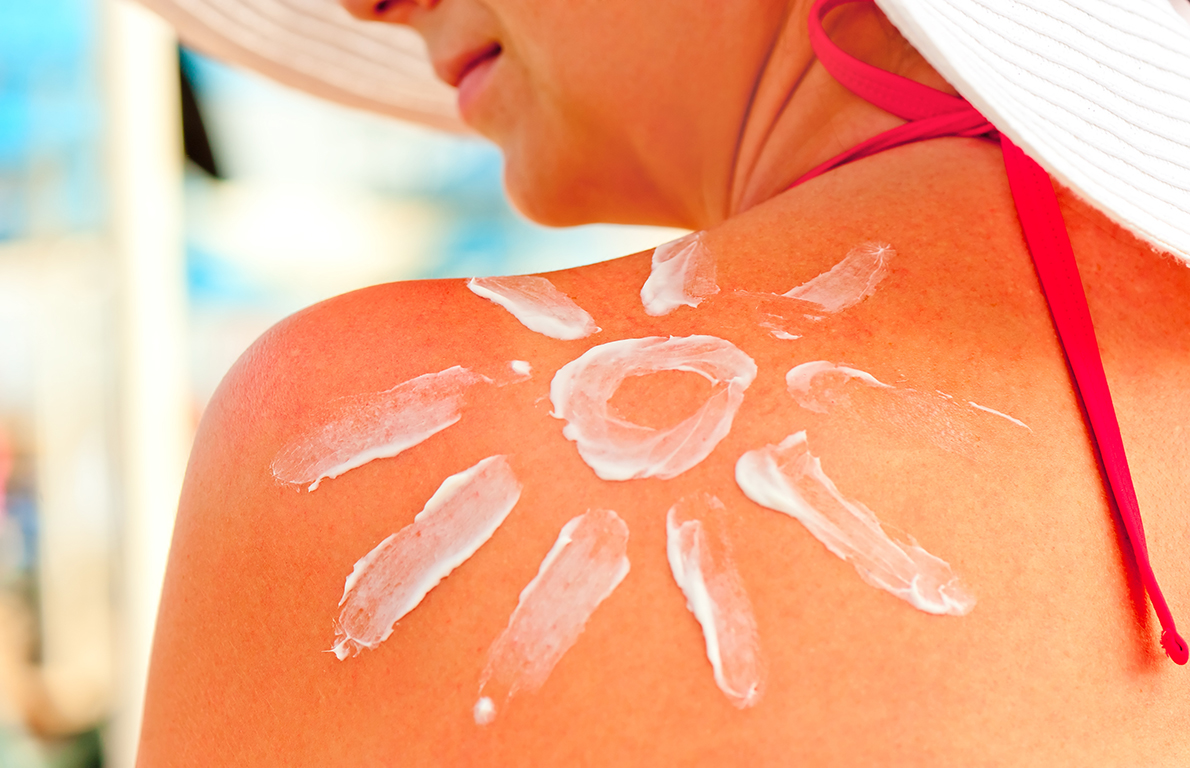







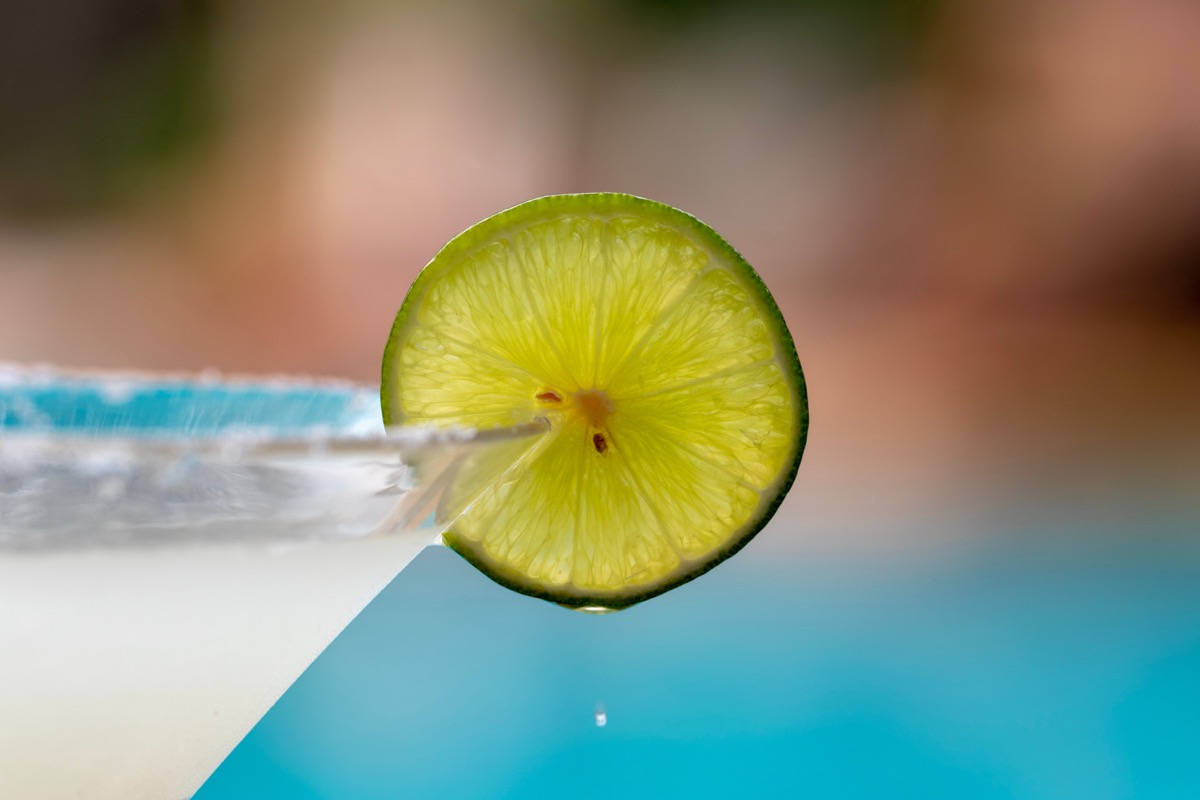

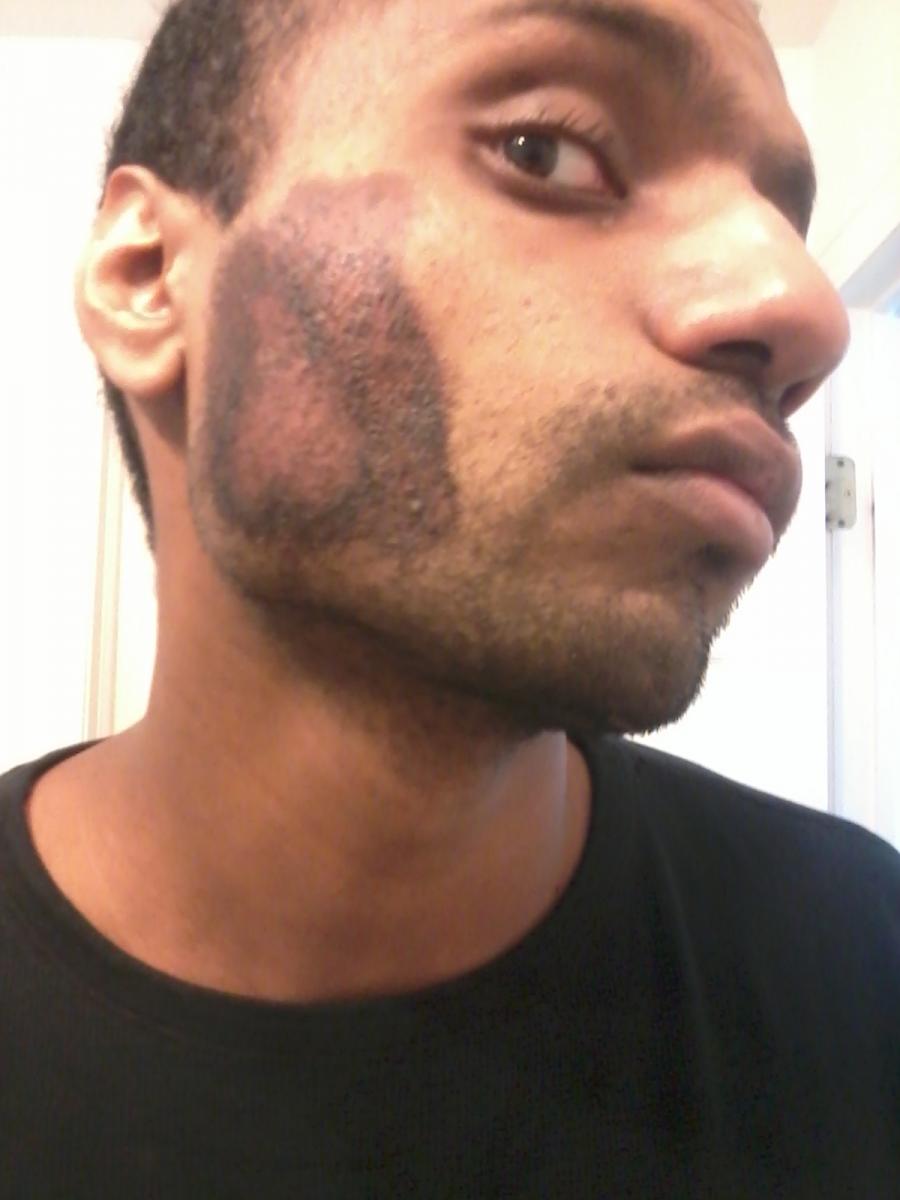
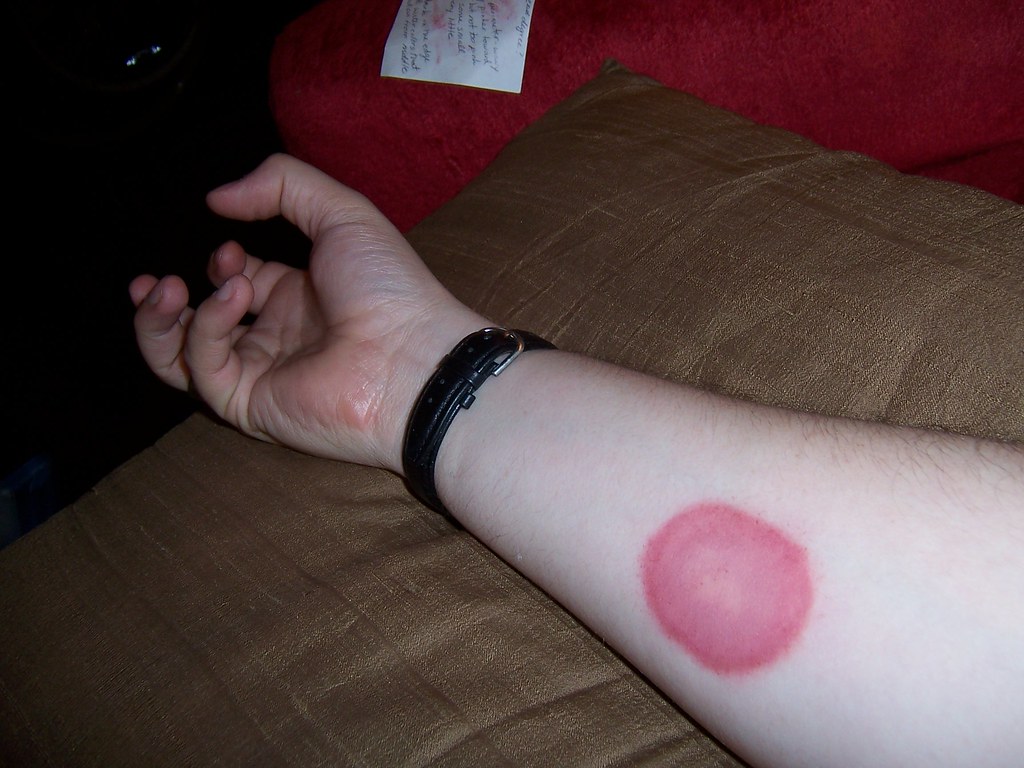

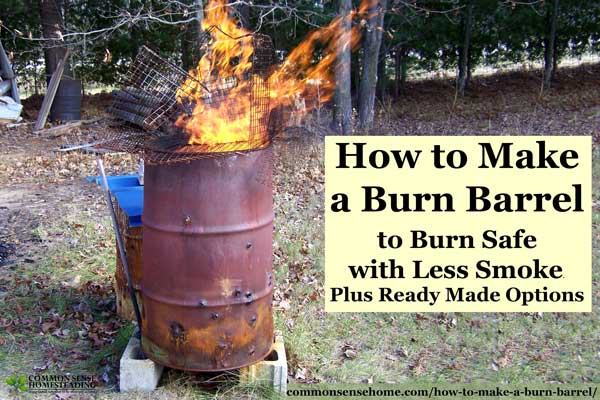
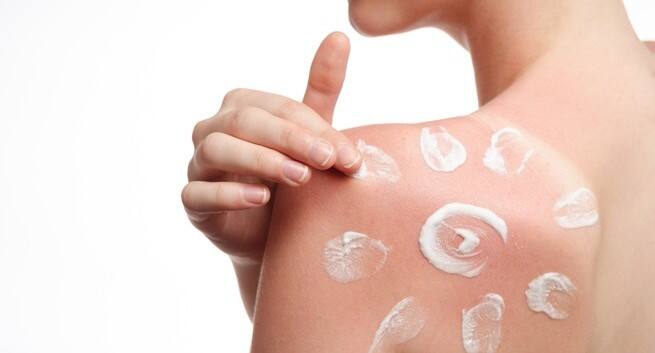





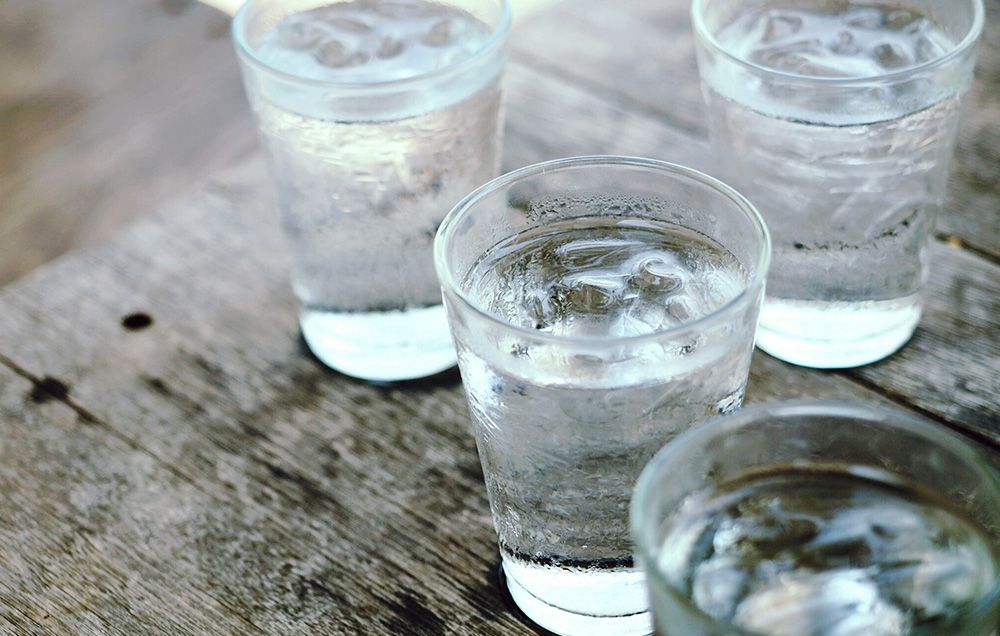




No comments:
Post a Comment
Note: Only a member of this blog may post a comment.